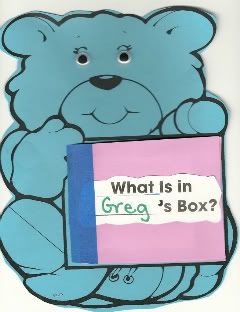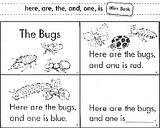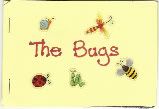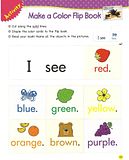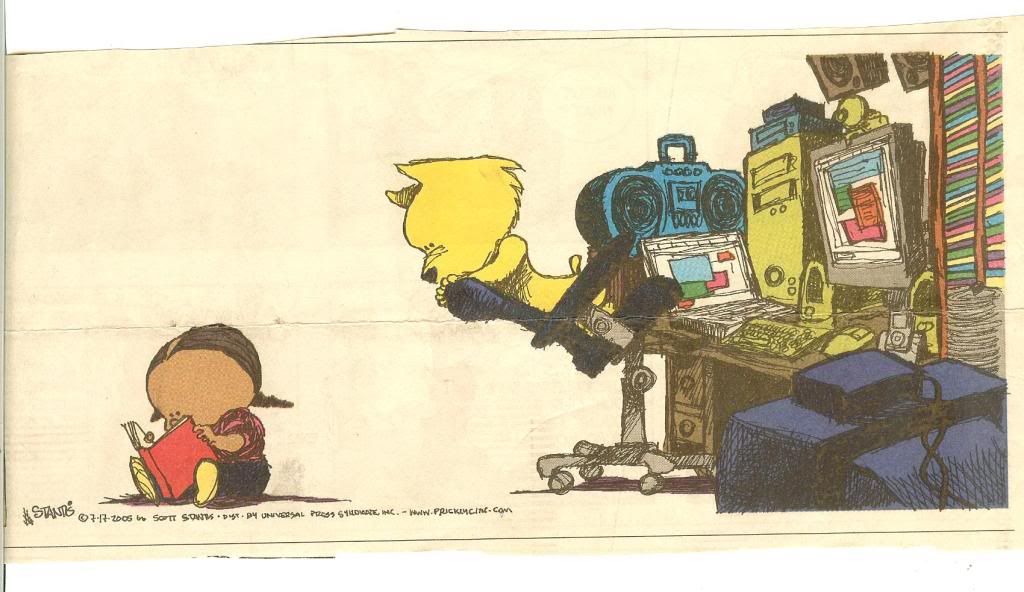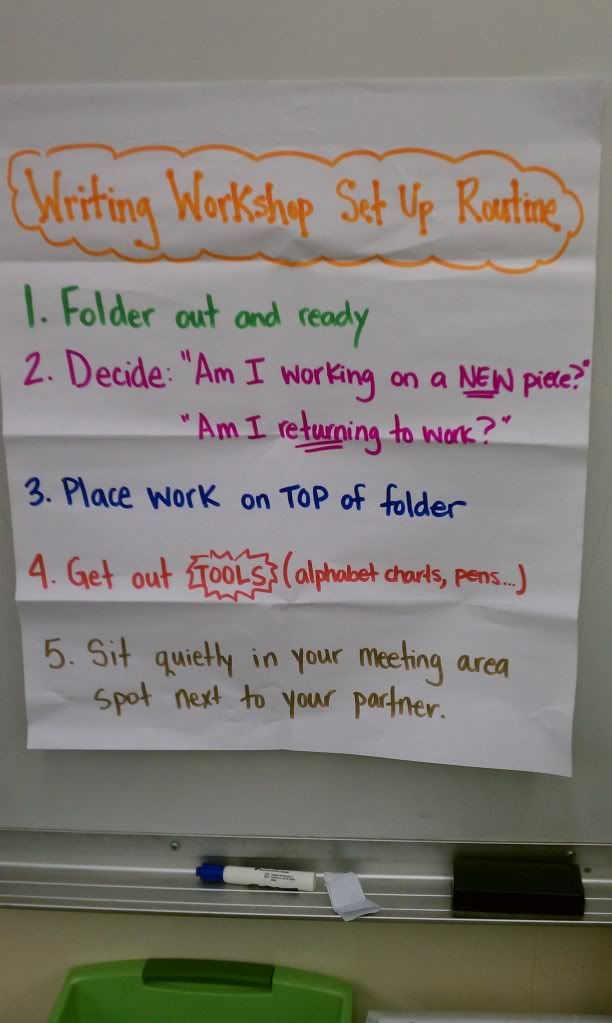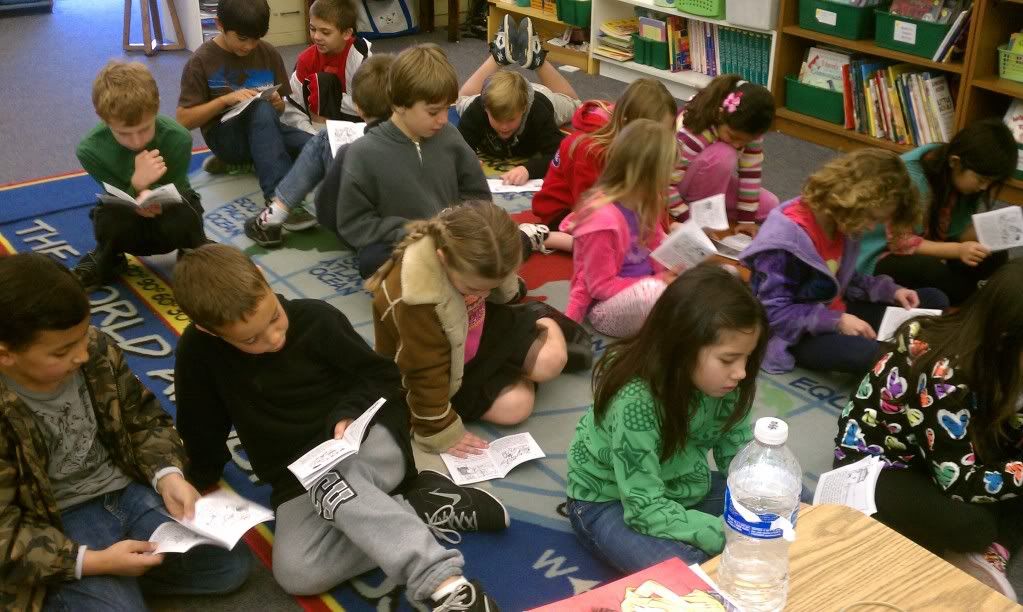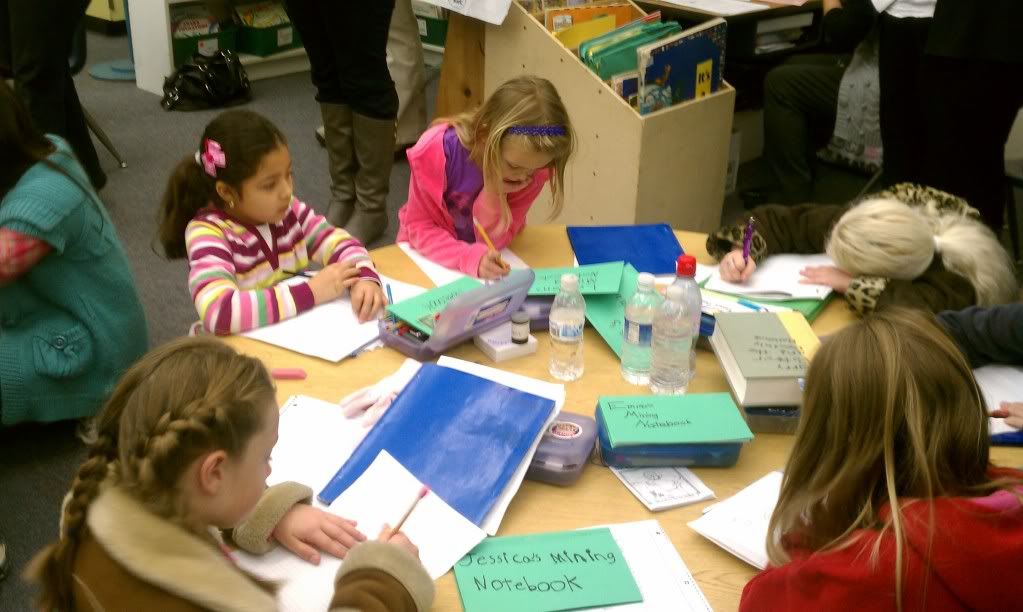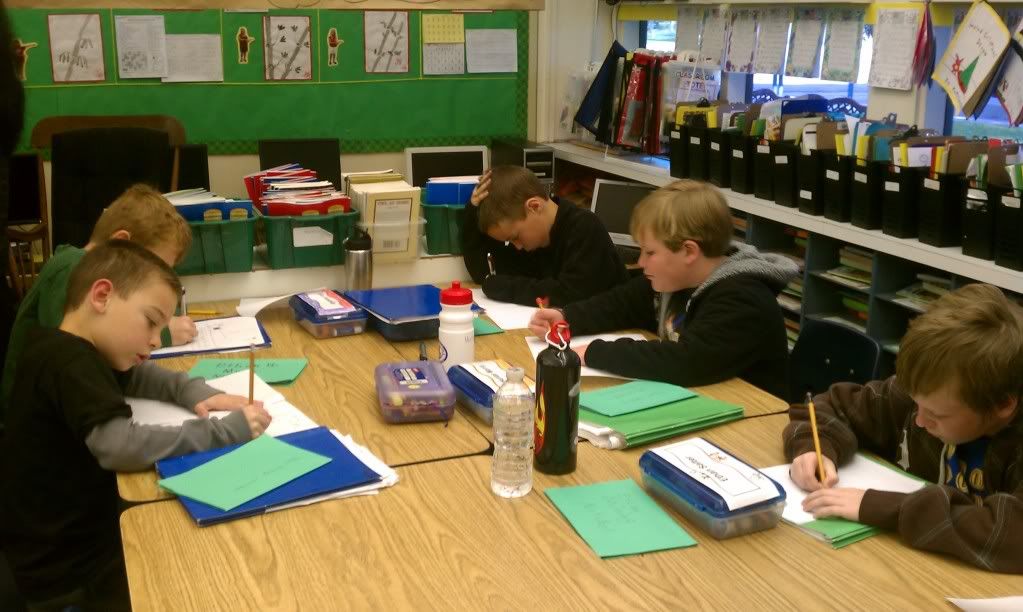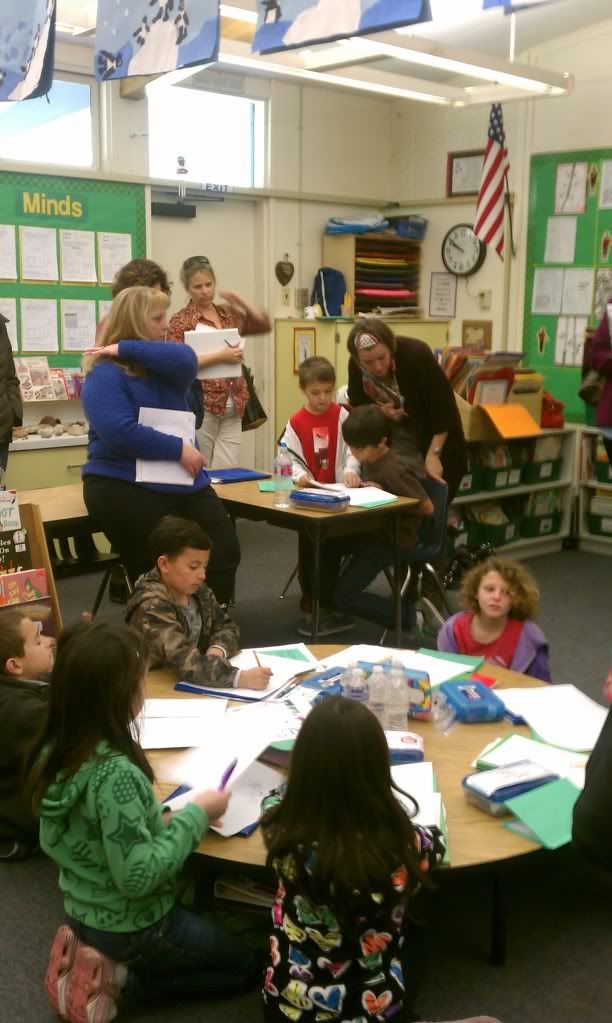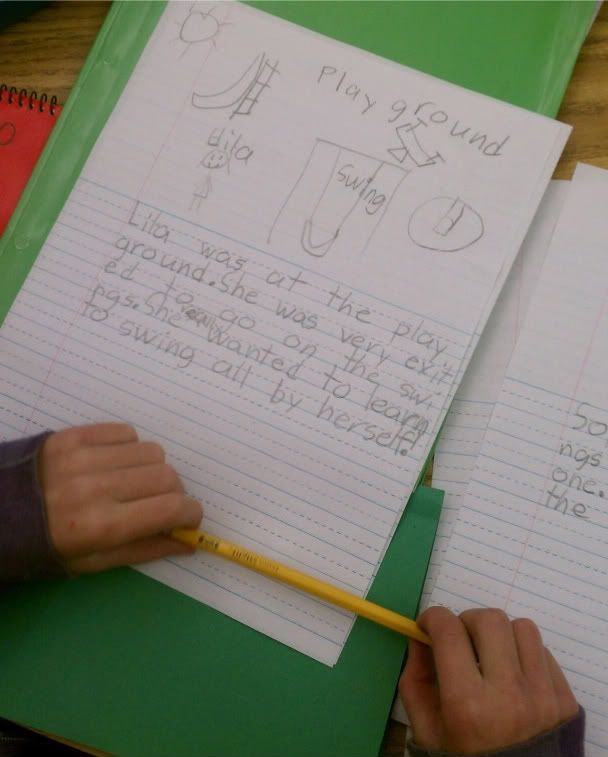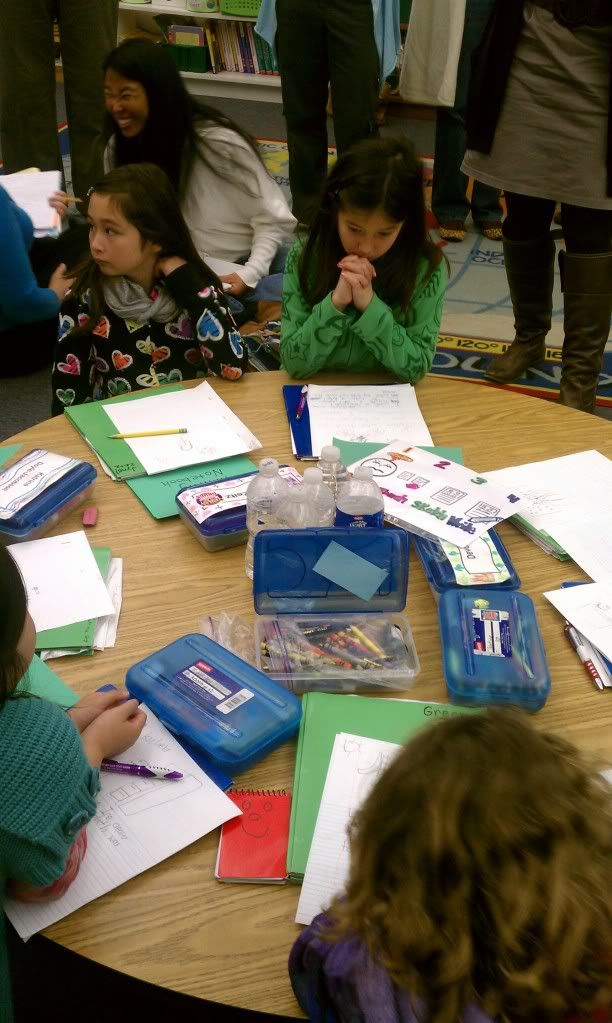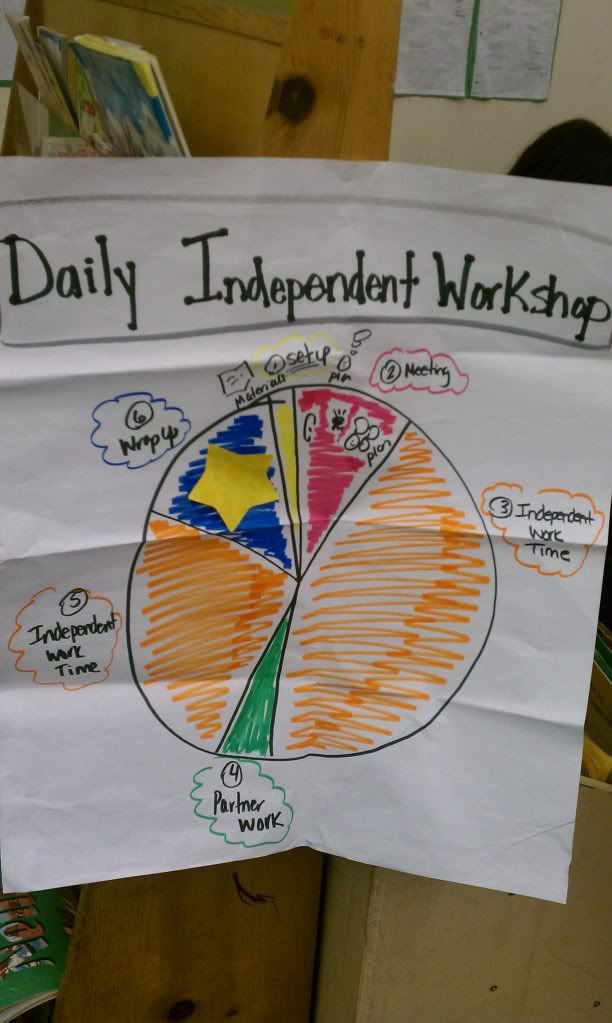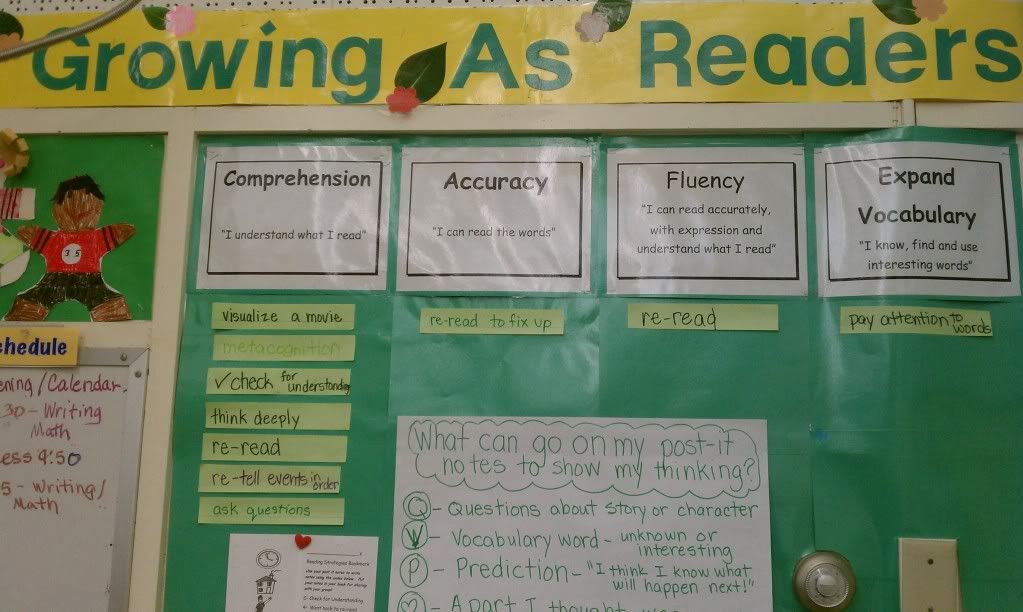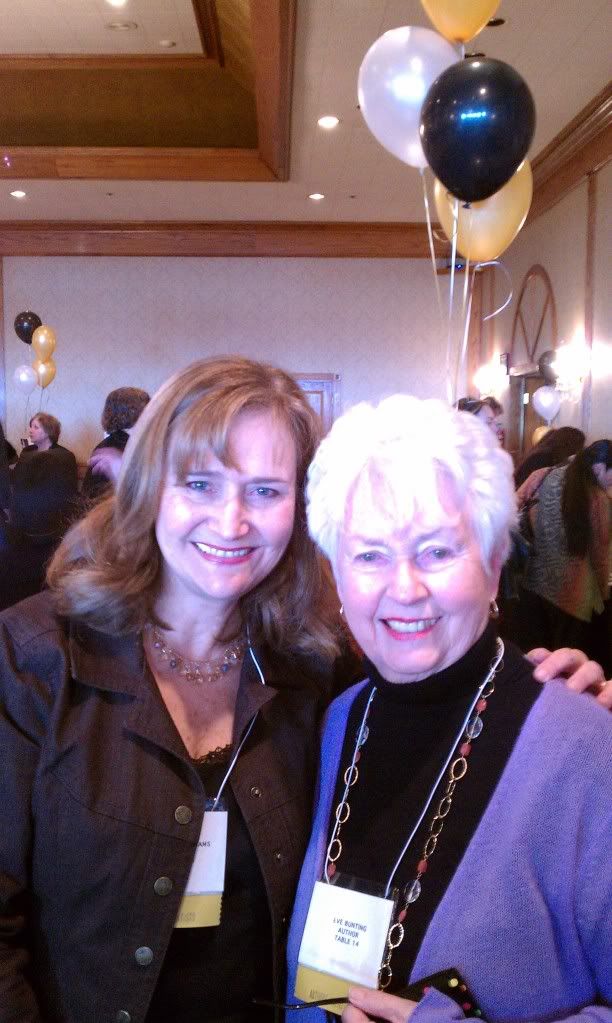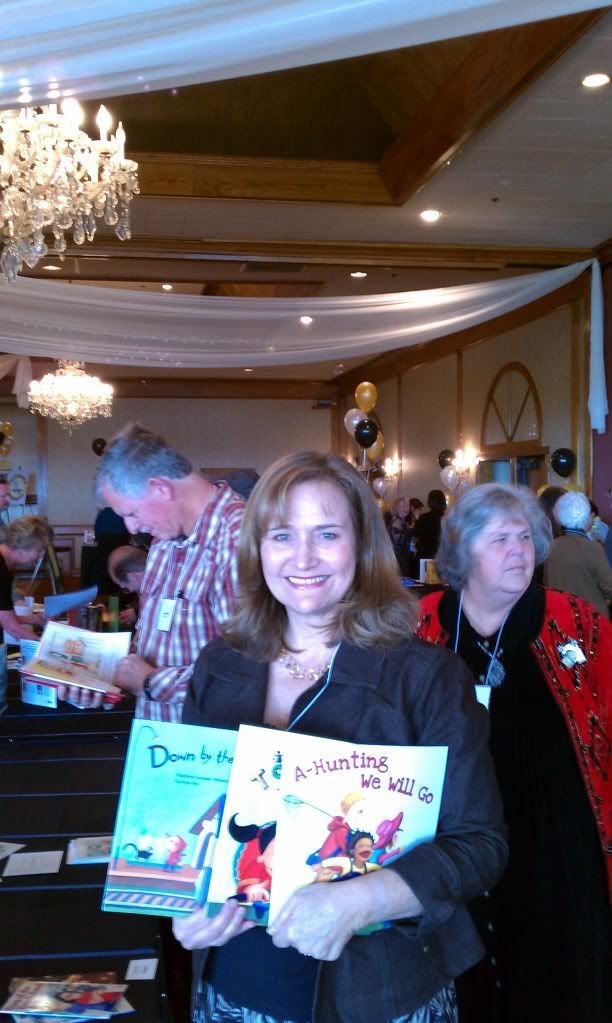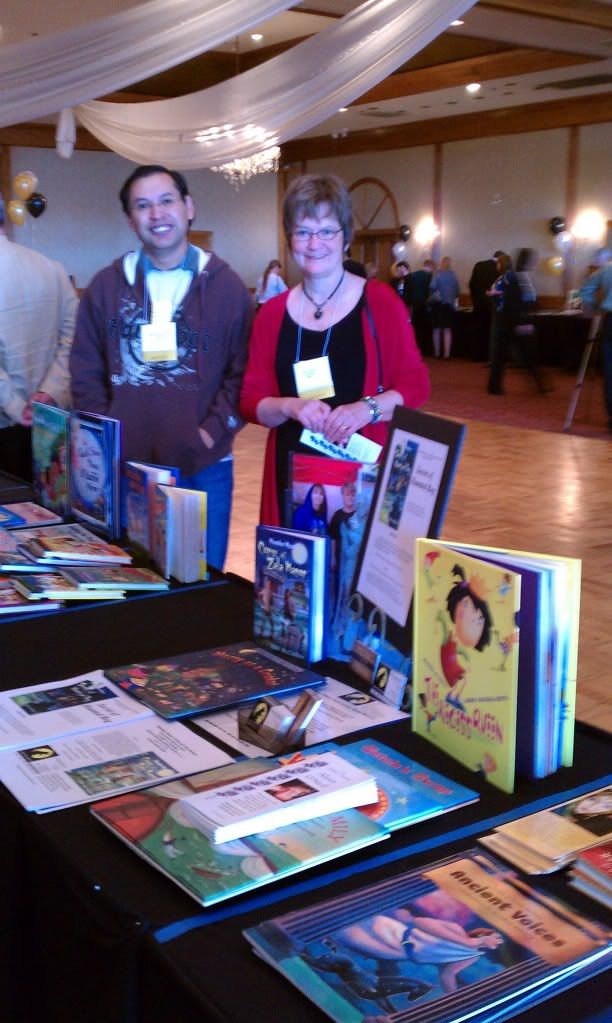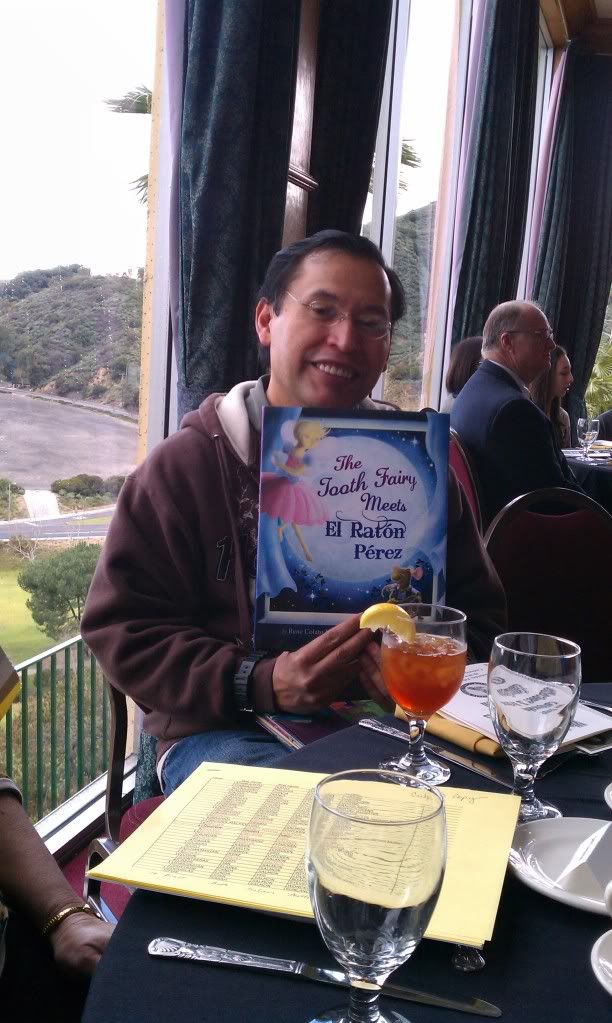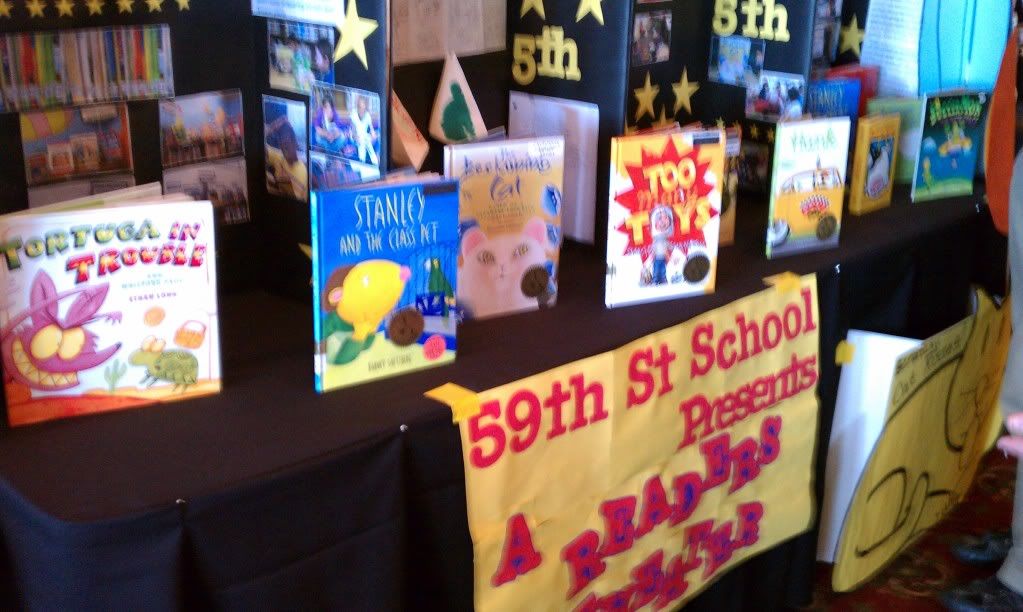- Supply extra reading at school. Beginning readers needs lots and lots of easy to read books to practice reading and rereading.
- Integrate reading in the content areas. There are many book-making resources that feature science, social studies, and math themes.
- Practice reading sight words in context.
- Create a supply of reading material for home. After spending some time in the students' book boxes at school, you can send the books home for extra practice. Many K-1 teachers make a home book box at Back to School night and emphasize that the books sent home be placed in the box for home reading.
- Extend reading practice beyond the school day and through summer vacation. This is a great way to avoid "summer fall-out!"
Below, you can download a fun book-making activity that goes with this Itty Bitty Phonics Reader.
You can copy the bear shape on colored card stock and stick on wiggly eyes, bows, hat, etc. This book practices initial consonant /b/. You can invite your child to glue items to each page such as a button, bow, bean, etc.
Click image to download
this reproducible.
My next blog: When is a good time to make books?


